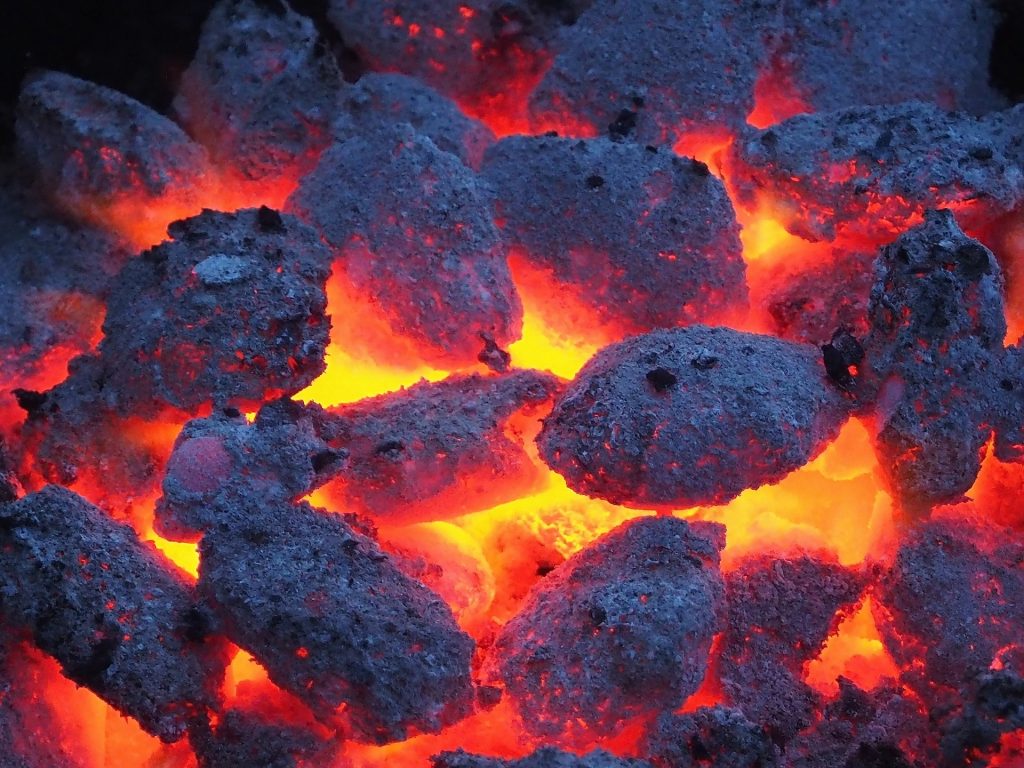How Coal Communities In Multiple US States Are Making A Comeback
The federal government has dedicated $14.1 billion in funding funding to selected coal communities to redevelop not only the job landscape, but the scope of the worker’s contribution to the clean energy revolution.
This article is more than 2 years old

The world has been scrambling to transition away from society’s dependence on the burning of fossil fuels, which is the leading contributor to global warming. This is a bit of concern for the communities that have depended on the extraction of these fossil fuels as the primary source of their local economy’s health. These coal communities are terrified that once the mines shut down, what will happen to their towns since most of the population either works in them or is part of the operating infrastructure for them.
It is a legitimate concern, and the Biden Administration has been working on feasible solutions to increase the speed of the transition to clean energy and ensure that these citizens aren’t left in the lurch. According to CNBC, “The administration gave an update on its push across agencies to kick-start projects nationwide with funding Congress approved during Biden’s first two years in office.” This is welcome news to all those Americans who depend on excavating fossil fuels to keep food on the table and the roof over their heads.
The Biden administration got language in some recent congressional bills to carve out funds to dedicate to these coal communities. This ensures they aren’t shuttered during the nation’s transition to electric vehicles, solar panel energy, wind turbine energy, and carbon capture factories. The source of funds will come from three different pieces of legislation passed by Congress: the Bipartisan Infrastructure Law, the Chips and Science Act, and the Inflation Reduction Act.
When President Biden began his work in the Oval Office, he first addressed creating an interagency working group. The group’s primary focus was to identify coal-power communities that were going to be impacted by the nation’s transition to clean energy, and the came back with 25 priority areas ranging from West Virginia to Wyoming. In total, the United States has a capacity of 18,000 mining sites that span 1.5 million acres.
Biden’s senior advisor for clean energy innovation, John Podesta, told CNBC, “These laws can provide substantial federal support to energy communities like capping abandoned oil and gas wells, extracting critical minerals, building battery factories and launching demonstration projects in carbon capture or green hydrogen.” In all, the federal government has dedicated $14.1 billion in funding to the selected communities to redevelop not only the job landscape but the scope of the worker’s contribution to the clean energy revolution.
Private investors are also getting on board with these projects and have dedicated an additional $7.4 billion towards these infrastructure investments in the coal communities. Berkshire Hathaway Energy has contributed a total of 2.87 billion on three specific projects. They contributed $522 million to the project in Jackson County, West Virginia, to build an aerospace manufacturing facility at the location that used to house an aluminum plant. Berkshire also dedicated 2 billion to TerraPower’s investment in a nuclear reactor on a closing coal mine plant in Kemmerer, Wyoming, and another $365 million in a Novelis investment in an aluminum recycling facility in Todd County, Kentucky.
Those figures have these coal communities resting a little easier as they begin to see the construction that will accompany those funds for the infrastructure that needs to be built. Surprisingly, this has flown under the radar mainly because of the commotion our former president causes weekly and daily. It will be exciting to see these programs’ development over the next few years.






